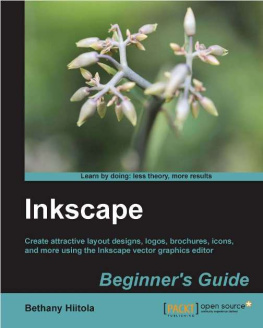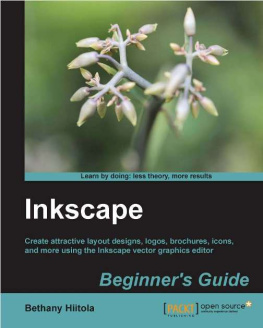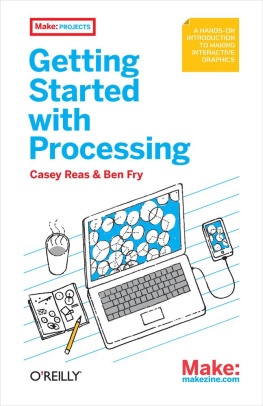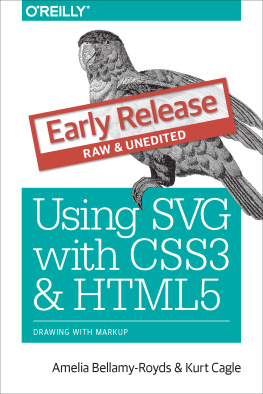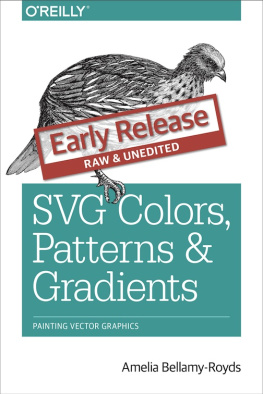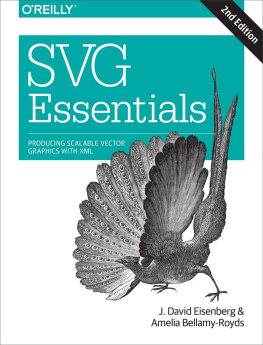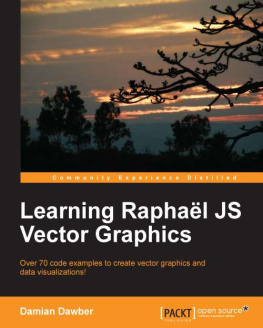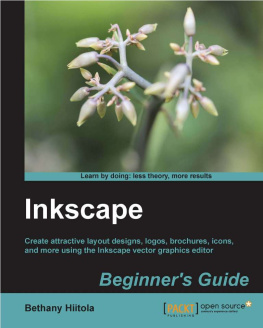About the author
Antonis was born in 1980 on the relatively small Mediterranean island of Cyprus, also affectionally known to its inhabitants as the Golden-Green Leaf, The Island of Saints, The Birthplace of Aphrodite and This Fucking Place.
After an idyllic childhood of long summers and short, timid winters, he decided that he could be spending his time more productively than rolling in the dirt and eating hawthorn fruits straight off the branch, so he sat down and wrote his first book: a ten-part mini-epic called Bones, which was about the dinosaur apocalypse, five years before Jurassic Park debuted. Take that, Steven Ooh, Im such an awesome director fucking Spielberg.
More exciting stuff you should know about the author of this book, you say? Still not convinced hes a shining beacon of wisdom and grace, you say? Fine . Hes a Doctor of Dental Surgery (ie. a dentist) and holds a Master of Science in Oral Surgery and Pathobiology. Hes also the designer and developer of multiple acclaimed Android apps, a half-decent graphic designer and the principal songwriter for Electric Sound Continuum.
He also likes sucking the marrow of life, which is not nearly as disgusting as it sounds.
Introduction
The year was 2013 and we had decided to create Karkoona, an ill-fated web & Android app that would let you send premade messages to other drivers to castigate them for any vehicular misdeeds (You drive like a drunk monkey!), let them know that they were gorgeous (I like your style.) or actually be helpful (You left your lights on.)
I would be in charge of the Android app since I had an Android phone (rest in peace, my sweet Samsung Galaxy S2) and had done some QBasic and Pascal coding twenty years ago on an 80286 DOS PC. That was exactly like letting someone cook you a three-course gourmet dinner because (a) it turns out they had plates in the cupboard and (b) they had boiled water in a kettle in the early 80s.
And so, with the kind of inflated self-importance you only possess when you know nothing about anything, I decided that I would make an app that would make other UI designers shit their pants in appreciation (thats a thing, right?) Soon after, the late nights of studying Java, UI & UX design and occasional Curb Your Enthusiasm-a-thons began. And within 6 months or so, I had a nice, working prototype of a decent-looking app.
But then, I had to place the apps logo in a circleand I didnt know how to do it. Now, a normal person would ask the teams graphic designer to do it. But, as Captain America and Black Widow would probably say, not me not me .
For me, that was the kick-off point for an intense, months-long exploration of vector graphics that would reveal to me several truths, the most eye-opening of which was that vector graphics are not that damn complicated after all. In fact, shortly after getting a good grip on them, I wrote a six-part series on Medium, with each part describing one of what I claimed to be the six basic skills you have to master to become proficient in vector graphics. The list was this:
Primitive shapes
Strokes and paths
Boolean operations
Z-ordering
Basic transformations
Text manipulation
I still stand by this list and honestly believe that mastering these six simple skills will allow you to create simple graphics like logos, icons, user interface mockups, and even basic illustrations without having to run to a designer every time you want to make a small alteration to an asset. This book is based on the original series of articles on Medium, but the content will be massively expanded.
Who is this book for?
This book contains no animal products (except my heart and soul) and as such is suitable for vegans. Ive been told that my soul definitely contains gluten and may also contain nuts, so consider yourselves warned.
If youve never done any work with vector graphics before, this is the book for you. Youll take your first baby steps by creating simple shapes like circles and rectangles and youll finish this book with the skills required to create simple icons and logos. Along the way, Ill share tips and tricks that will take your abilities to the next level and give you exercises that will let you test your newfound skills in actual projects.
Prerequisites
Prior knowledge or experience in vector graphics is neither assumed nor required. Most common terms will be defined early on and reiterated throughout the book, so youll never feel lost.
But I cant afford Adobe Illustrator
No problem. Most of the skills youll learn from this book are transferrable to any vector graphics software. Teaching you the particulars of any specific application is not the point of this book. Showing you how to think about vector graphics is the actual point.
Of course, to be able to put your skills to the test and complete the exercises, youll need some kind of vector graphics software but it really doesnt have to be Illustrator CC. It definitely can be Illustrator CC but here are some alternatives
Inkscape (https://inkscape.org/ ): Yuck. Dont hate me, OSS fans. Ive tried using it, but the whole thing is so convoluted and graceless I had to inject adrenaline straight into my heart just to stay alive and then I had to inject myself a second time to gather the courage to draw a circle. But, he y its free!
Gravit Designer (https://www.designer.io/ ): Now this is more like it. The interface is clean and modern and it has power in spades. The basic program is also free, although you can subscribe to their PRO plan for (at the time of writing) $49/year. For the purposes of this book, the free version is going to be just fine.
Affinity Designer (https://affinity.serif.com/designer/ ): Affinity Designer is not free but its very affordable (55 euros at the time of writing) and while its not as powerful as Adobe Illustrator, Id say that its pretty close.
If you dont already own a vector graphics software, just install Gravit Designer. Its free, its fast, its pretty and its fully-featured. Ill be using it as a reference for the rest of this book, with occasional detours into Adobe Illustrator and Affinity Designer when needed.
Vector graphics? What are you talking about?
Youre probably familiar with graphics , the visual representation of objects, ideas, and data on various mediums, such as paper, canvas or computer displays. For our purposes, well mainly be referring to images displayed on screens.
Computer graphic formats can either be vector- or raster-based. Theres a world of difference between them, since raster-based graphics are resolution-dependent , while vector-based graphics are resolution-independent . If youve ever zoomed into a photo in a photo editor, you must have noticed that, as you kept zooming into it, the image would start to deteriorate until you were left with a jumble of colored squares. This happens because in raster-based graphics, such as a photo, the image is comprised of little squares called pixels . Think of pixels as the tiny tiles of a mosaic; when you look at a mosaic from far away, you cannot make out the individual tiles. Its only when you get really close that you can tell that what youve been looking at has been lots of intricately-placed tiles.



![J. David Eisenberg and Amelia Bellamy-Royds - SVG essentials: [producing scalable vector graphics with XML]](/uploads/posts/book/193501/thumbs/j-david-eisenberg-and-amelia-bellamy-royds-svg.jpg)
